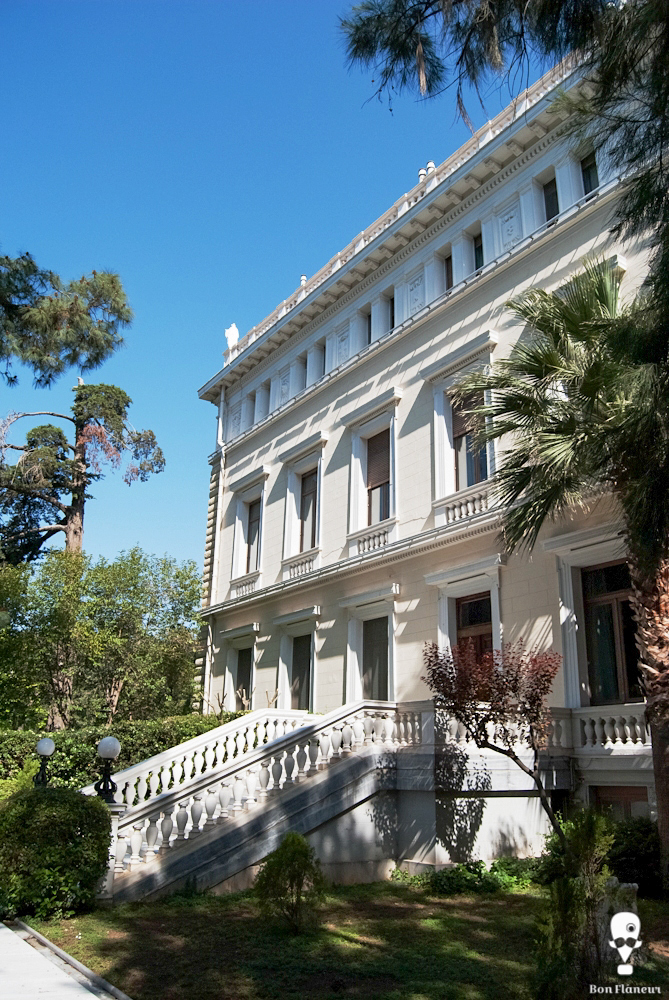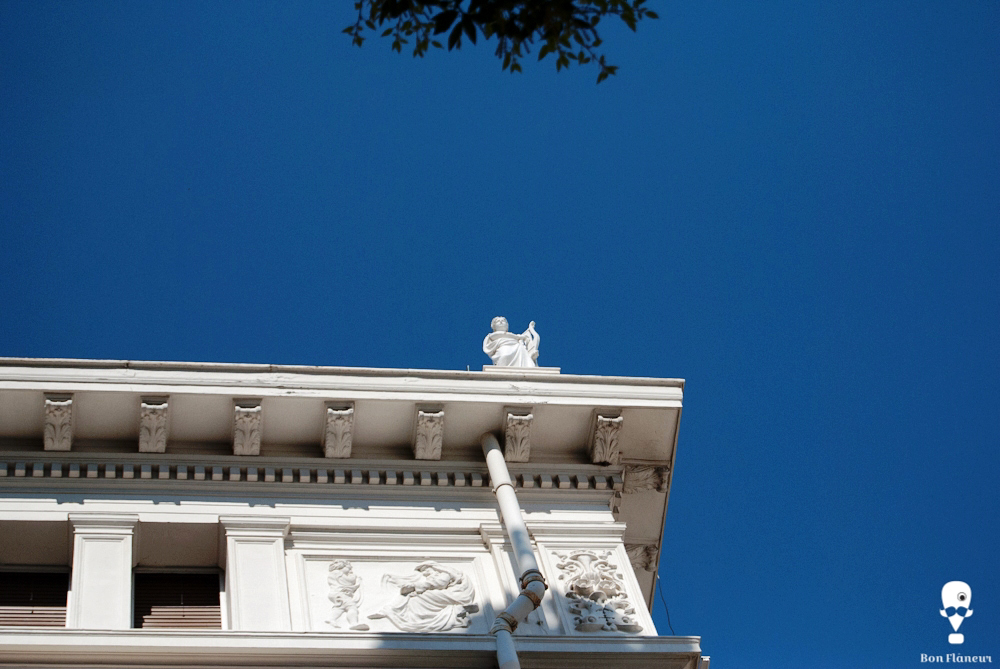Presidential Palace
The Presidential Palace is a three-storey neoclassical building. It is the residence of the President of the Greek Republic.
Location
Timeline
Modern and Contemporary era (1821 - )
1891 Start of construction.
1897 Completion.
1924 Following the King’s eviction, the building is used for the first time as residence of the President of the Hellenic Republic.
1935 The King is reinstated and the building serves again as palace.
1974 The monarchy is abolished following the fall of the junta and the building officially becomes residence of the President of the Republic.









Share